The Samsung Galaxy S7 & S7 Edge Review, Part 1
by Joshua Ho on March 8, 2016 9:00 AM ESTDisplay
As always, the display of any mobile device is a critical part of the overall user experience. A poor display in any way is often going to sour the entire experience.
On a personal note, there are a number of mobile devices that I’ve used over the course of the previous year that frankly just weren’t good enough for me to use as a daily driver because the display just wasn’t good enough. My laptop is quite closely calibrated to sRGB and it’s used to edit all of my device photos, so I’ve really come to appreciate a device that has sufficiently accurate color that I can actually use a phone or tablet as a reference monitor of sorts to verify that images look the way I want them to.
In order to test this critical portion of the user experience, we turn to our standard test suite which uses SpectraCal’s CalMAN 5, a custom workflow for testing basic metrics like brightness, contrast, and calibration accuracy, and X-Rite’s i1Pro2 and i1DisplayPro.
Starting off with a microscope's view of the Galaxy S7's display, it looks like Samsung has elected to keep most aspects of the display constant when comparing the Galaxy S6 and S7. At a high level, the display is the same 5.1” display size that we’ve seen for a few generations now, and the 1440p resolution is shared with previous devices. Samsung continues to use their diamond PenTile layout, but it’s hard for me to say whether there’s been an adjustment to the size of the emitters as the microscope I have on hand isn’t quite sufficient for making such measurements. It’s likely that under the hood there are changes to the display driver IC in order to enable features like Always-On Display, but as we’ll soon see it’s rather unlikely that there are any generational changes in things like the emitter material or TFT backplane.
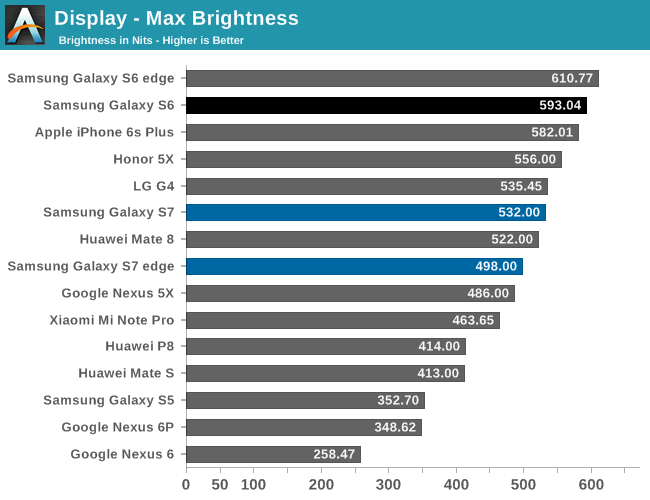
One of our first tests here is a pretty standard test of maximum luminance. Here, we see that the Galaxy S7 and S7 edge both are in the same general ballpark as the Galaxy Note5, which suggests that both devices are likely to be in the same generation of AMOLED panel. This brightness was achieved by using the auto-brightness mode, so it’s important to note that the max luminance in manual mode will be much lower. Of course, this brightness figure was determined with a full white display so reducing the APL will result in a higher maximum luminance as the power budget can we spent on fewer pixels which means that a higher duty cycle can be achieved in each pixel.
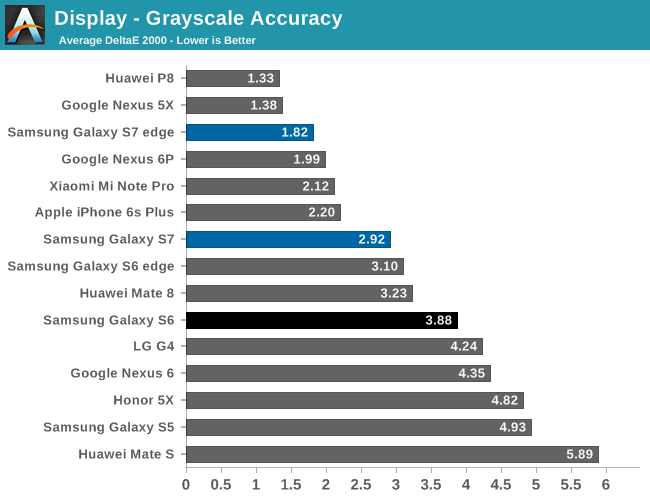
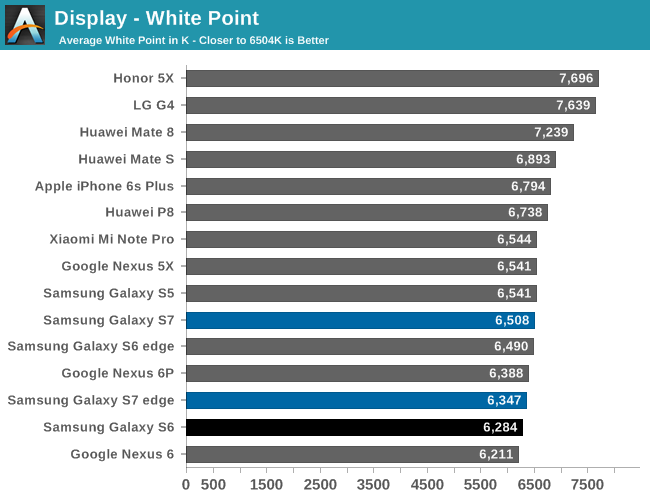
The next part of our testing is grayscale. As always, we target the industry standard of a 2.2 power gamma with 6504k white point. Relative to the Galaxy S6 and Note5, we see a pretty significant improvement in white point accuracy as it’s pretty much consistently quite close to a neutral white rather than a warmer color balance. Unfortunately though, in both review units I received the display has a noticeable green tint for many shades of grey, which seems to be somewhat of a perpetual problem with Samsung AMOLED displays. This really does affect quite a bit of the UI, as Material Design greys have this noticeable green tint to them that really makes things look off.
The same issue seems to not be present on the Galaxy S7 edge, which leads to a significant improvement overall in calibration quality for this portion of the testing, but both devices have a noticeably lower gamma than expected, which does have some effect on accuracy but for the most part can help to serve as a compensation mechanism for reflectance when dealing with ambient light. It’s likely that the green tint issue may only appear on a device to device basis, but to see that such issues haven’t been resolved for years is somewhat concerning given that phones costing hundreds of dollars less don’t seem to have the same problems.
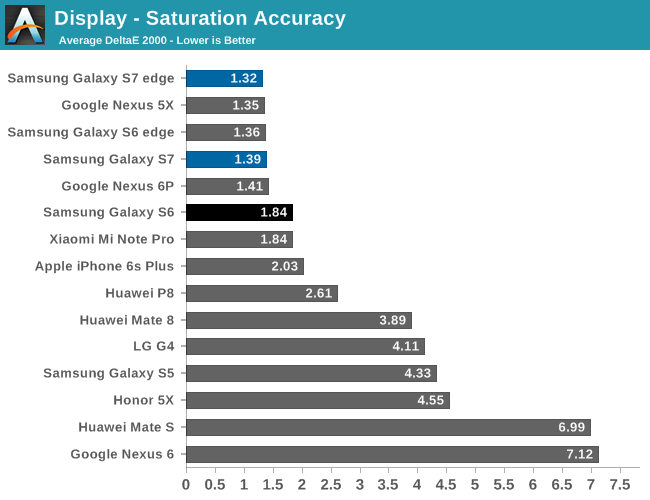
The next portion of our testing is the standard saturation sweep test. Here, the Galaxy S7 and S7 edge are basically perfect. It’s great to see that Samsung continues to provide their Basic color mode with a real focus on providing accurate color calibration for those that care about these things, and the user experience with getting to the right color calibration is pretty much as painless as it can be compared to some other devices where things like saturation curves, white balance, and other parts of a display calibration can only be adjusted using unitless sliders that basically require a spectrophotometer to actually use.

In our Gretag MacBeth ColorChecker test, we see that there are some issues with grayscale accuracy, but overall color accuracy remains quite good. In terms of overall display quality, I don’t really think there’s any meaningful improvement over the Galaxy S6, but that’s mostly because the Galaxy S6 set a ridiculously high bar for display quality.
However, I don’t believe that Samsung has run out of things to improve for future AMOLD displays. In addition to the grayscale problems mentioned earlier, Samsung clearly has not resolved issues with color shifting that occurs with viewing angle changes. LCDs definitely have more luminance degradation as you move away from the normal of the display plane, but at almost every angle change I can see whites get noticeably colder and interference patterns, in addition to a general color shift that is noticeably more than most LCDs used in high end smartphones and tablets. It’s obvious that this is a hard problem to solve due to uneven subpixel aging, but for things like tablets, laptops, and desktops color shifting is going to be a much more significant issue.


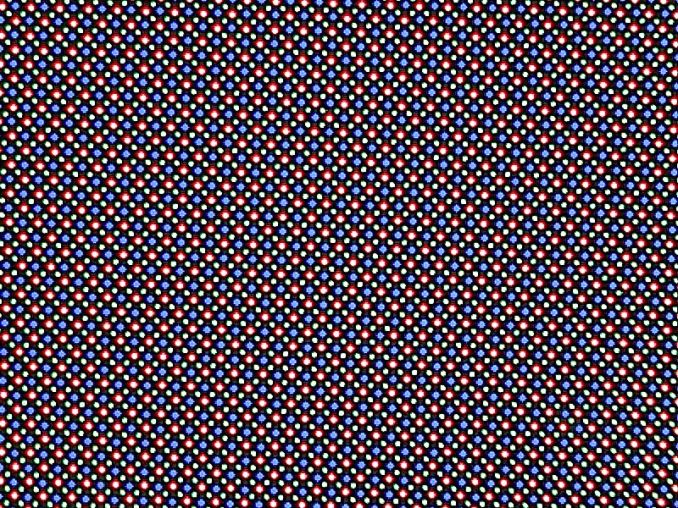

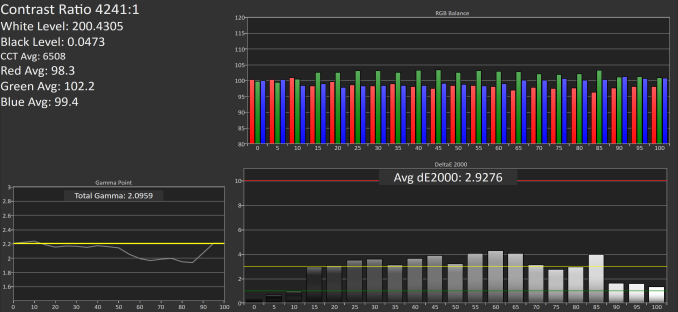


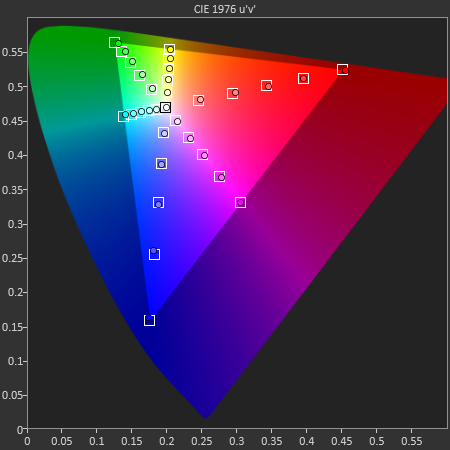
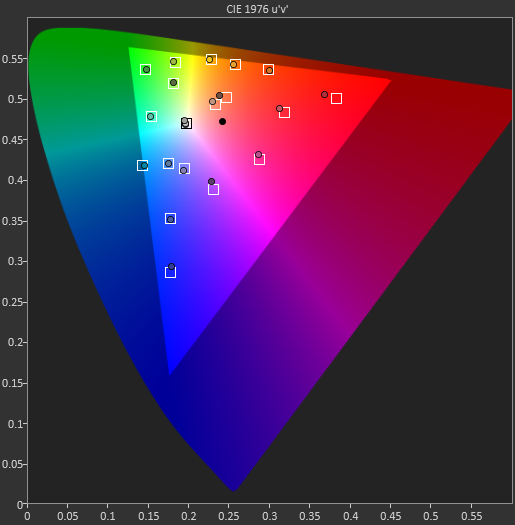
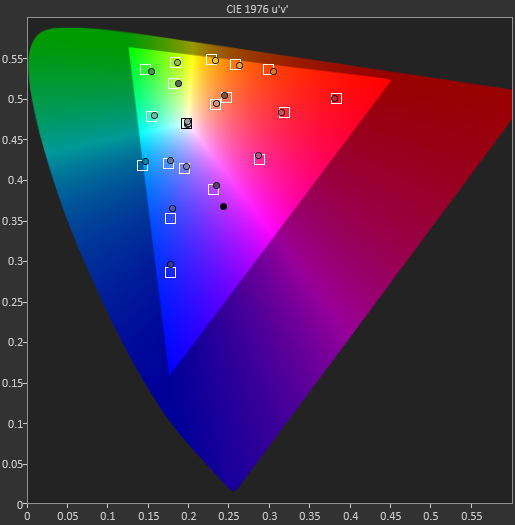








202 Comments
View All Comments
Belard - Friday, March 11, 2016 - link
What I find shockingly stupid is the release of these new $600~900 phones, including the latest Moto X, that DO NOT include USB-C connector?! Its been available since last year.Apple does things quickly, they come out with technology and release it: such as with the iPhone 5 with its reversible port. How hard is it to do with other companies?
Motorola (Lenovo) could have done this with their New X to make a bold statement on how they are going to run their business.
theduckofdeath - Friday, March 11, 2016 - link
Probably because Samsung has usage data on what we actually use the USB port for these days. And I guess it's used almost exclusively as a charger. Why force the consumers to buy a bunch of new cables and chargers just because there is a new port out there? I know Apple would do that in a heartbeat, like you said, as they simply see it as a new way to increase earnings on licensing accessories.Azurael - Tuesday, March 15, 2016 - link
Because USB-C is much easier and quicker to connect? (I certainly find the 5X and 6P much easier to connect in a darkened room - good thing since Google nicked Qi charging.)Because USB-C cables and sockets should be (probably too early to say, but by design) far less prone to failure than Micro-B? (Micro-B cables, and not cheap ones - OEM LG/Nokia/Sony/Moto cables, die on me on a weekly basis. About half of the cables I own only work for charging now.)
I don't know, why don't we still connect our keyboards with the AT connector or PS/2, and our digital video cameras by firewire?
You don't need new chargers. If you've got dozens of USB-A power supplies, just use an A-C cable.
theduckofdeath - Tuesday, March 15, 2016 - link
I'm not suffering from long connection times when connecting my mobile to the charger. Sure, it would be nice with a more uniform connector, but, if it comes at the expense me having to throw away all old cables, having to bring adapters and generally making life more expensive, I can easily live with a micro USB connector until connectors are entirely a thing of the past.Physical connectors for data transfer is really not essential these days. These phones has wifi and LTE connectivity at speeds close enough to any USB connection to make us not bothering transferring anything by wire any more.
Belard - Tuesday, March 15, 2016 - link
Uh, just need to replace the cable or it comes with the phone... not difficult. A flip-able cable is VERY handy, especially in the dark. Unless the end is marked or molded a different shape - you have to LOOK which side is up. Apple changed the cable ONE time, because they wanted a much smaller and better connector.So for a top end phone, I want a state of the art connector too. hence, I bought a new Moto G for $220... I lose the stereo speakers, but I saved $200 and have two free color covers I switch out for when I'm in the mood. So maybe I'll stick with the Gs.
Bruce Dunn - Friday, March 11, 2016 - link
For the average cell phone buyer, most of the information in this review goes right over their heads. I hope that part 2 of the review will address in simple language the following:Can I read the display in direct sunlight (giving me the number of nits emitted by the display does not tell me this).
What happens if I drop the phone into a sink full of water.
What happens if I drop the phone onto a concrete floor.
peedroo - Saturday, March 12, 2016 - link
http://www.displaymate.com/Galaxy_S7_ShootOut_1.ht...Maximum screen brightness in high ambient light results
s.yu - Thursday, March 17, 2016 - link
Anandtech is not for the "average cell phone buyer". It's for people who *really want to know*. If there were more of us there would be less rip-off products on the market and everything would be easier, more money would be devoted to R&D instead of marketing and more will be achieved.peedroo - Saturday, March 12, 2016 - link
Loved the review till nowBut here
http://www.displaymate.com/Galaxy_S7_ShootOut_1.ht...
...they have tottaly diferent results about screen brightness levels when we compair it to the S6. It's better
karthik.hegde - Sunday, March 13, 2016 - link
I think what article needs to highlight more is that the Kirin 950 handily beats SD820 is most of the tests. ARM Cortex-A72 is a great core, released quite sometime ago still doing pretty well. I am sure ARM has new CPUs in the pipeline which will be released soon.I wonder if it makes sense for Qualcomm from business perspective to continue designing their own cores, while ARM already offers stock cores with great performance.